Old store front along the main road to the onsen.
Yunotsu Onsen is a very Shimane town. Lost in the Japan sea side of Honshu this little onsen village recently has had a tourist boost thanks UNESCO naming a near-by sliver mine as a world heritage site. While I doubt that will increase foreign tourists to the area, it has made it much more important to the local Japanese tourism market which really plays up the world heritage title.
Senyakuto, a very simple and oldest bath in the village.
There are two day use (日帰り 外湯) baths in the village. I, sadly, had time for only one. The water here was incredible. The well puts water out at about 49c which is then cooled to around 45c for the hot tub and around 41c for the normal tub. One of the best bathhouse experiences I've ever had.
Notice the stone stairs behind the truck. It looked like the original town was carved into the sides of the mountain.
A butterfly-like insect on the flowers in front of Senyakuto
Great rusted storefront on the way from the station to the onsen.
Abandoned-looking industrial building on the small harbor.
Yunotu Station.
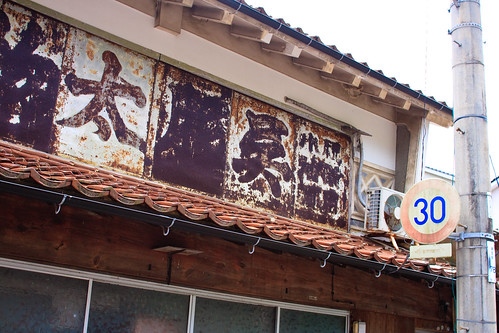
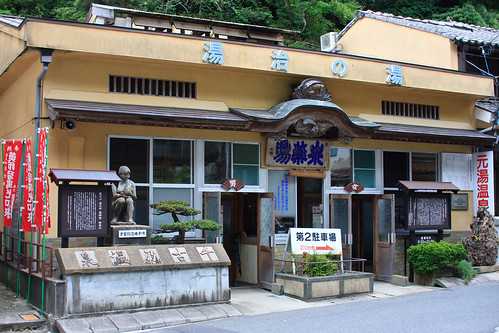

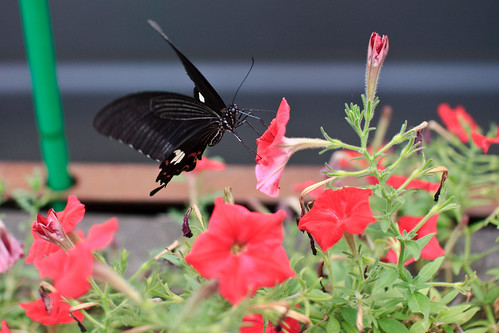
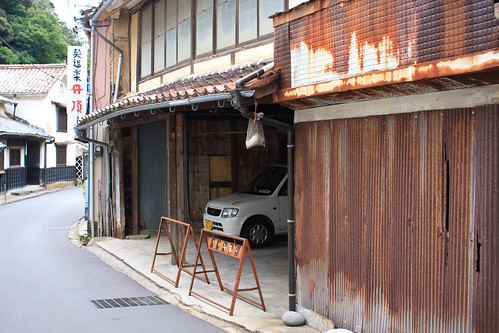
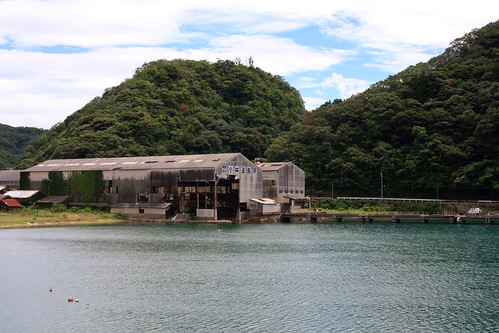




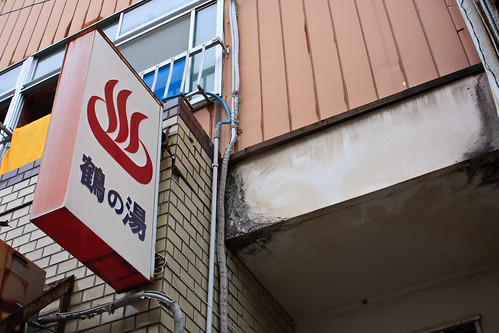
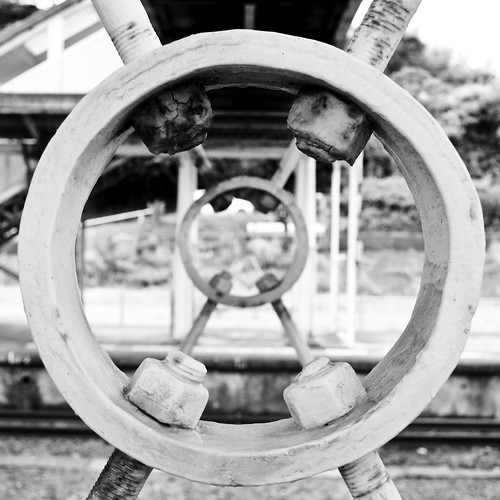

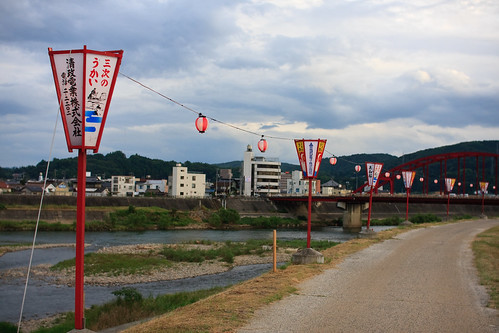



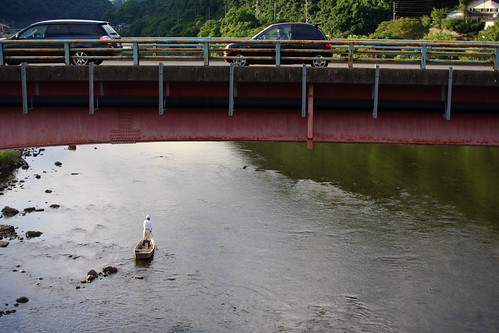



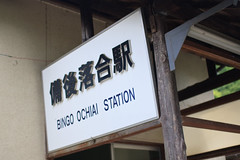
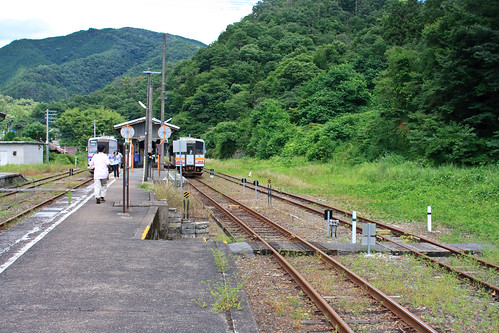
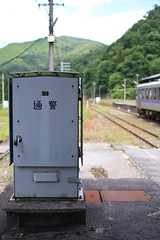



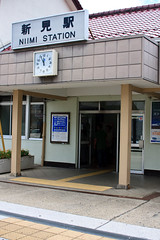
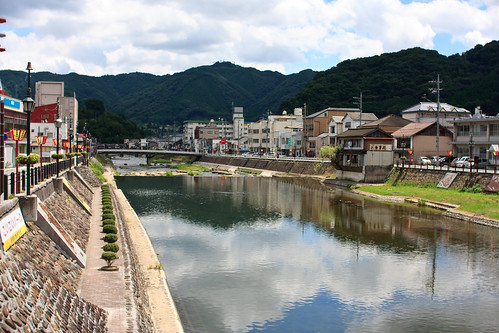


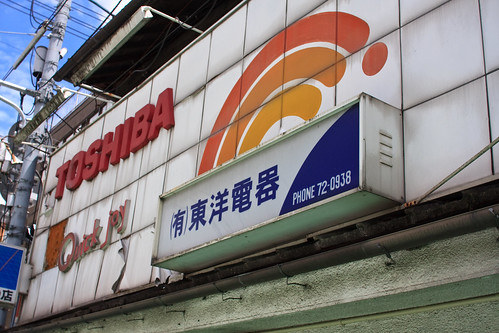
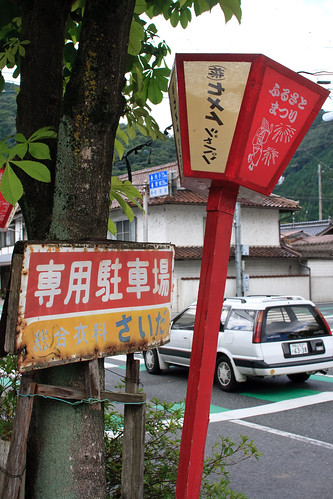

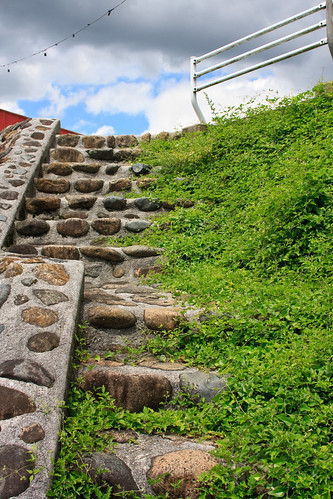
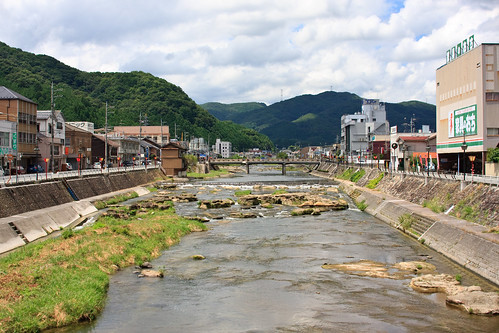
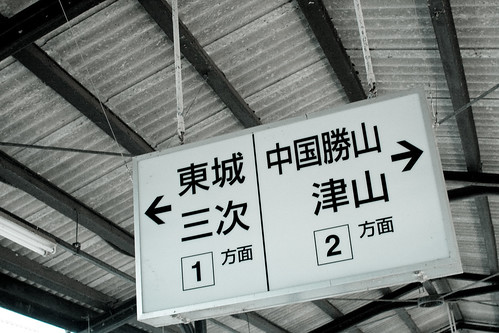
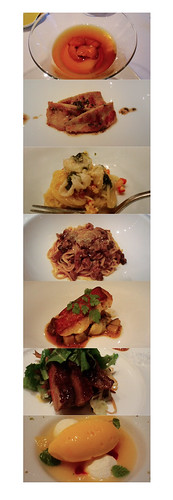
From top to bottom:
Sea urchin on a carrot mouse
Grilled hamo (a type very soft white fish)
I forget, some seafood pasta that Yuko got. I had a prosciutto thing instead.
Bacon spaghetti
Yuko's fish main dish of locally caught fish
My Sanda beef main dish
Dessert
Not the cheapest place in the world, although lunch is reasonable. It starts at about ¥5,000. I totally recommend going here for something special. We both left very happy. The chef even comes out and thanks you personally at the end of your meal.
Raffinato's website [in Japanese]: raffinato-ashiya.com